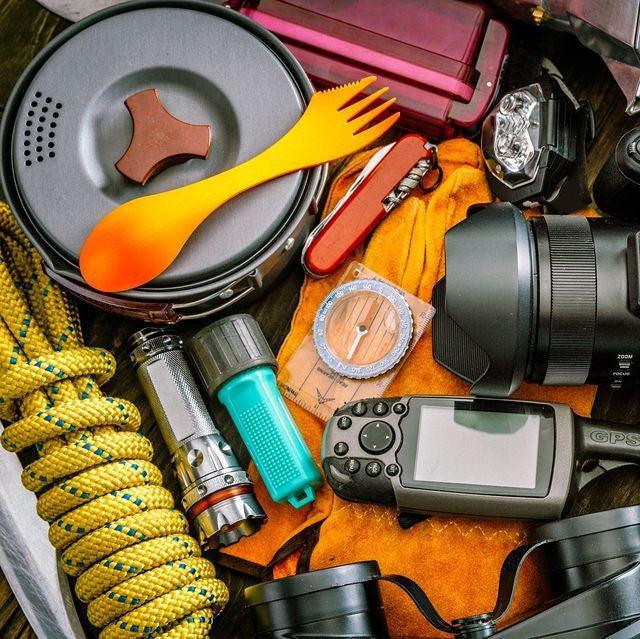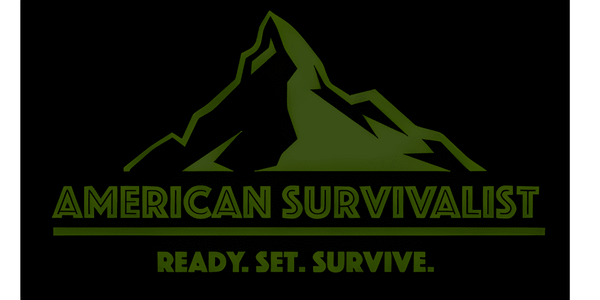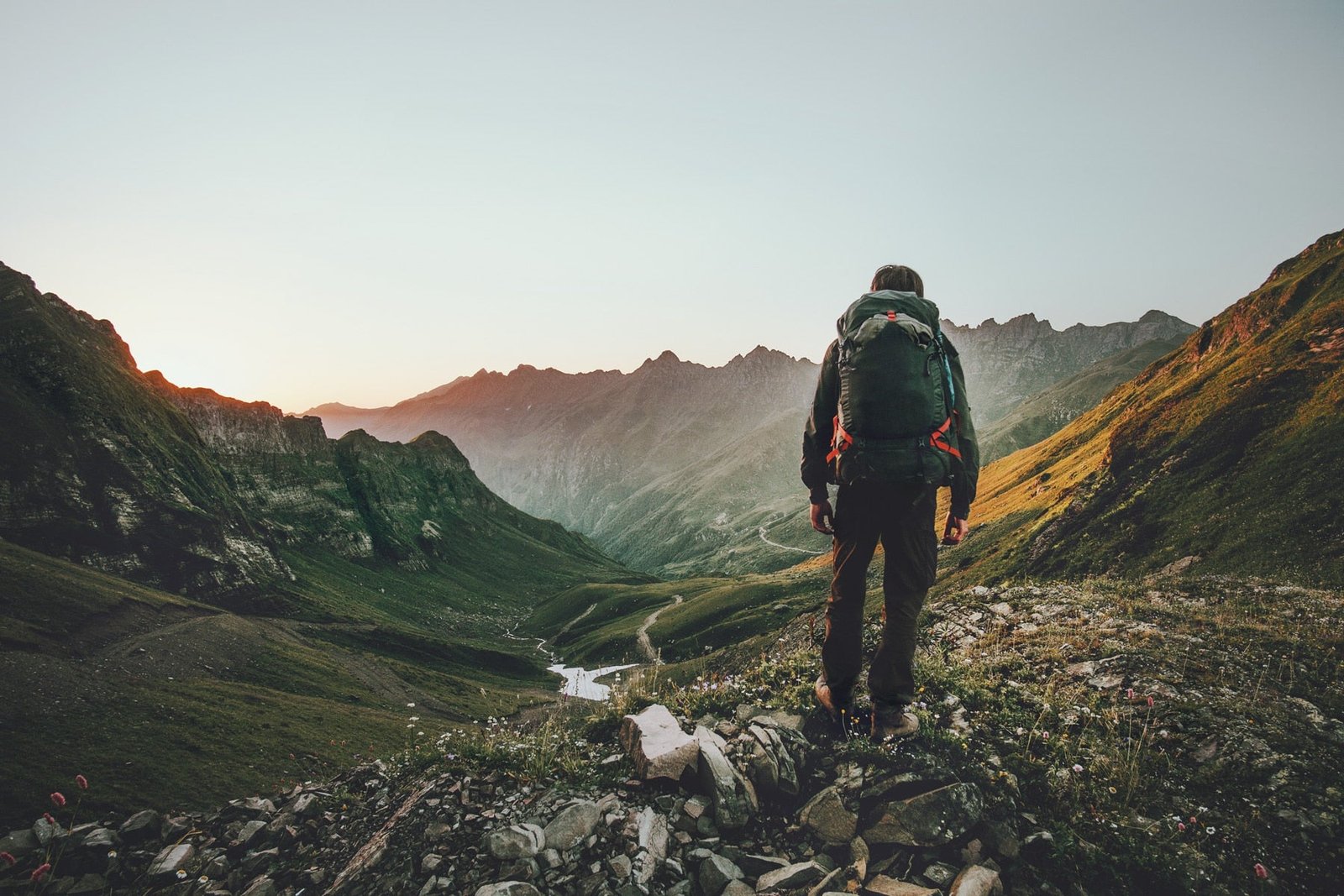
12 Things You Need to Know Before Choosing Your Bug Out Location
Share
Bug out plans are part and parcel of good prepping. While bugging in is the more popular option, for a number of reasons, there is always the risk of being caught in a situation where your home becomes untenable. When that happens, you’ve got to have a Plan B: your bug out plan.
Sadly, very few preppers have a complete bug out plan. Oh, they’ll have something; some sort of general plan about what they are going to do. But in most cases, they’re missing the most important ingredient; a bug out location.
Without someplace definitive to go to, all they have is an escape plan, not a complete bug out plan. The bug out location is the single most important part of that plan, while also being the single hardest part of the plan to come up with.
Part of what makes it hard to come up with a bug out location is cost. Few of us have the extra cash sitting around to buy the cabin in the woods we’d really like to have. Since we can’t afford that, we tend to run out of other ideas to do. But that doesn’t cut out the need for a bug out location. We just need to be a bit more creative.

Even so, before looking for a bug out location, there are some key things we need to know. Otherwise, we’re not going to come close to making a good decision. Basically, these things we need to know fall into two categories; things about us and our bug out and things about the place itself.
There are many potential places that could work as a bug out for each and every one of us, but the right place is going to be something that is going to do the best at meeting our survival needs. That’s something which not all potential locations will do equally well.
THINGS ASSOCIATED WITH US AND OUR BUG OUT BAG
This first list of things will help you know where to look for your bug out location.
What Type of Disasters Are We Likely to Face?
Any discussion about disaster planning, including bugging out, needs to start from the viewpoint of what disasters we are likely to face. That’s the only real way of making sure that we are developing a plan that will meet our needs. At the same time, it can help us to avoid wasting time and energy on things that won’t help us at all.
When we’re talking about TEOTWAWKI events, like an EMP, it doesn’t matter how far we go, the problem will still exist. On the other hand, when we’re talking about natural disasters, the problem will be of a local, regional nature. In those cases, we want to be sure to get far enough away, so as to be out of the danger area.

If you live in an area that is prone to hurricanes, then you’ll need to take that into account for your bug out plan. Whatever location you choose, it will have to be far enough inland, so that even if the hurricane reaches that point, it will have lost much of its force. At the same time, it needs to be high enough above sea level to reduce the risk of flooding from storm surge and whatever rainfall the residual storm might dump on the area.
How Far Can We Realistically Travel?
As a general rule of thumb, the farther your bug out location is from your home, the greater the possibility that it will be unaffected by whatever disaster strikes your home. On the other hand, you can only travel so far, especially if you have to resort to bugging out on foot. Balancing those two contradictory realities is difficult.
There are those with money who are buying bug out properties in New Zeeland, which is just about as far away as you can go on this planet. But how are they going to get there? If something like an EMP happens and disables their private jets, those bug out retreats may as well be on the moon. They’d better have a good sailboat, as well as some good sailing skills, if they ever expect to get there.
How Many People Are in Our Survival Team?

The size of your team will affect the location you need. If you’re a lone wolf survivalist (not recommended), you can make your survival retreat in a culvert or an abandoned mine shaft. But you can’t do that, if you’ve got your family with you. There’s even less of a chance if you have several families with you.
Unless you are going to establish a survival retreat that can expand easily to accommodate more people, you’d better have your team put together, before settling on a location. Adding a few new people, to account for couples getting married and babies being born is one thing; adding whole families is another thing entirely.
What Is the Health and Physical Condition of Our Survival Team?
If we’re honest with ourselves, we realize that most of us aren’t in the best of physical condition. That affects our ability to travel, as well as our ability to do hard physical labor when we get to our destination. Any bug out plans must take that into consideration; specifically, how well are we going to be able to travel on foot and how well are we going to be able to build a shelter, once we get there.
Finding the perfect survival retreat location, but not being able to get there, because it requires climbing up a cliff face, isn’t going to help anyone. Nor is finding a location which is too far our team to get to, because we’re all in bad shape. We’ve got to be realistic in our expectations of ourselves.
Related: Emergency Shelters When You Are On The Move
How Much Equipment and Supplies Are We Going to Store There?
Any survival retreat is going to need equipment and supplies. Unfortunately, most don’t come with good storage. If you’re planning on bugging out to the wild somewhere, you’re probably not going to find a secure building there, which you can use to build a stockpile. You’ll either need to build something or install a shipping container. Either way, you would have to own the property or risk losing it all.
The other option is having storage somewhere close by, which isn’t actually at your bug out location. If you’re going to bug out to a wilderness location or an abandoned building you know, which is close to a small town somewhere, perhaps there is storage available that you can rent in that town. If that’s the case, then you will be able to have your stockpile close by, even if it isn’t right at your intended destination.

Of course, this means having some way of moving the equipment and supplies you have in your storage cache to the survival retreat; preferably something that doesn’t require a running vehicle.
A large two-wheeled cart or wagon, which can be kept with the supply cache will work for this.
THINGS ASSOCIATED WITH THE BUG-OUT LOCATION
Once you’ve found the right area, this will help you pinpoint your actual survival retreat.
What Is the Potential Population Density in a Post-Disaster Scenario?
Ideally, you want to be someplace with a low population density. The more people there are, the more any potential resources have to be spread around to meet everybody’s needs. Small towns are better than big cities and out in the wild can be even better than small towns. But there’s a tradeoff here; less population means that your team has to do everything for themselves. There’s nobody to barter with food goods and services.
There are two different populations we need to think about here; the fixed population in the area and those who will try and go there in the event of a disaster. In any life-changing disaster, big cities are likely to empty out, as people go in search of the resources they need to survive. These people will most likely head to the smaller communities that are nearby, under the illusion that those communities will have an abundance of supplies.
This will cause the population of many communities to rise exponentially, making them into potential death traps for anyone who ventures there. You want to avoid them, just as much as you do the cities themselves.
What Is the Weather in the Area Like?
Weather will play a much bigger role in a post-apocalyptic world than it does for us today. We Americans are very good at shutting ourselves off from the weather, with our modern air-conditioned and heated homes. But that won’t be available to us if the electric grid is down.
So we want to make sure we take weather into consideration for any plan we make. Will we be able to survive the seasonal weather changes that exist where we are planning on bugging out?
Are There Good, Reliable Water Sources?

Water is one of the most critical survival priorities and one which we need to have constantly replenished. We don’t usually think of that, because we’re used to just turning on the tap and finding that there’s water. But that probably won’t exist in a post-disaster world.
Here’s the other part of the problem though. Our nation’s waterways are filled with dams, used to generate electric power and create reservoirs which are used as water supplies. From our perspective, we need to be sure that we aren’t putting ourselves in a position where we are dependent on water sources that are likely to be shut off at the dam, upstream of us.
This isn’t much of an issue if there is enough rainfall to keep those reservoirs filled. In that case, the overflow from the reservoir will keep us in water, even if the gates to the dam are closed. But if there is a time of drought, we may find that we don’t have any water at all, as nothing is flowing out of the reservoir.
Whatever water sources you have available at your survival location, check them regularly to make sure that they are still reliable. You may lose them at some time and need to think about changing your plans to another bug out location.
How Accessible Is the Area to Us? To Others?
This point ties in directly to the one above about the physical condition of our survival team. We need to make sure that any survival retreat we select is something that we can get to.

At the same time, it would be great if that location would be difficult for others to approach. Perhaps the direction you arrive from gives you good access, while other directions don’t. Perhaps there’s a hidden way to get there.
Difficult access for others can greatly reduce the risk of needing to defend your retreat. People looking for help won’t go out of their way to find the hardest place to go to. Even those who intend to steal what you have will look for easier prey, before trying to come after you.
How Much Wild Game Is in the Area?
Chances are that whatever wild game there is, will be killed off in the first few months, as people try to prevent starving to death. There just isn’t enough wild game in the United States today to meet the needs of the size population we have. Other than some parts of the country with low populations, wild game won’t stand much of a chance.
Nevertheless, if you can find an area with abundant wild game, your chances of getting at least some of it are improved. Perhaps you live in a part of the country which is already sparsely populated. That’s to your advantage. If you can bug out to a location which is even more sparsely populated, game will probably be in even more abundance.
Don’t forget fish when you’re looking at the wild game situation. Fish are generally more plentiful, reproduce quickly and are easier to catch.
How Hard Will it Be to Grow Food There?

Regardless of the wild game situation at any potential survival retreat, you’re only going to be able to create long-term sustainability for yourself by growing food.
How is the area for that? Is the soil good? Is it easy to dig in? Does it have abundant bio-mass and bugs in it to break down the necessary nutrients? Is there sufficient water available?
Is There Adequate Fuel and Building Material Available?
Finally, unless you are building that cabin in the woods or perhaps transporting a yurt to your survival retreat, you’re going to have to build some sort of shelter and provide heat for it. That means having ample woods to get those materials from.
There are many parts of the country with little tree growth. While there are other ways of building shelters, such as using adobe bricks, the easiest way to build a shelter is usually out of wood. You’ll also need that wood for heating in pretty much any post-disaster scenario you can come up with. Selecting a spot in the woods or next to the woods helps ensure that you’re going to have trees to work with.



1 comment
All the prepper bug out plans fail to mention that they will not be able to trespass on others people’s land. Not only is it illegal, but many states have castle laws and enforce a “lead fence.” If you don;t own the land don’t hunt, fish (which is a form of stealing) or trespass. Get you own land now, even if it does not have a building.